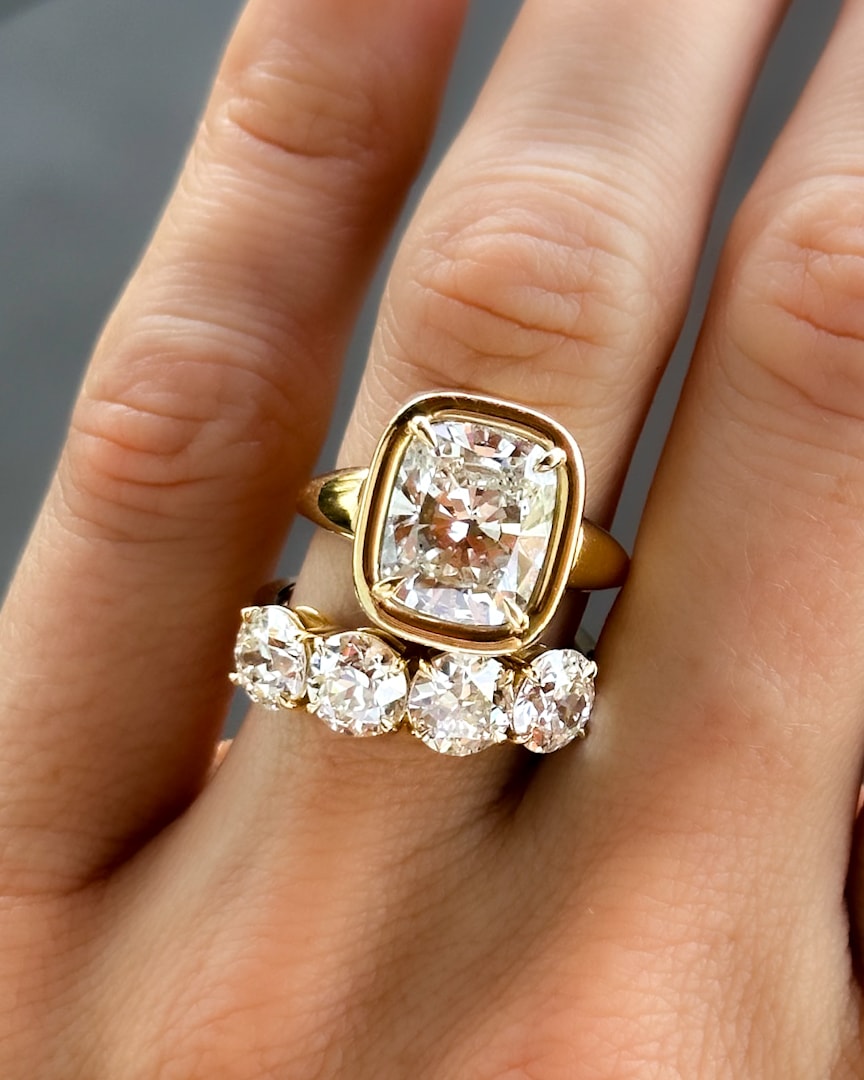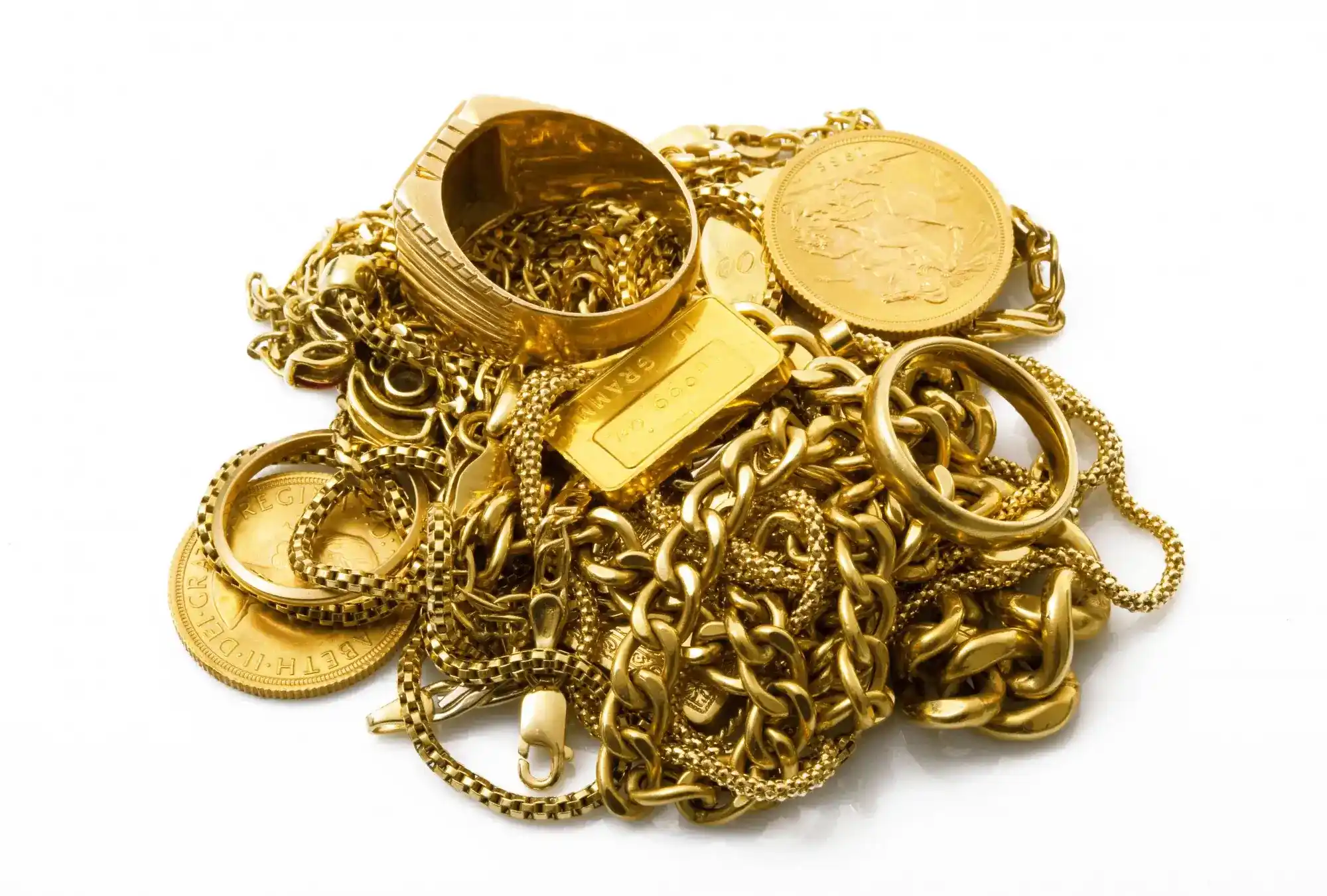As lab created diamonds continue to reshape the jewellery industry, customers are in search of clarity—not just from the stones themselves, but from the organisations that grade them. When exploring the world of lab-grown diamonds, two acronyms often dominate the conversation: IGI and GIA. These are the two most recognised gemological labs in the world, and each has its own methodology, reputation, and standards.
But what do these differences mean for buyers? How do IGI and GIA compare when grading lab-created diamonds? And is one more reliable than the other? In this article, we’ll delve into the igi vs gia debate as it applies to lab created diamonds, helping you make a more informed decision when shopping for a gem.
Understanding Lab Created Diamonds
Before evaluating grading labs, it is critical to understand what lab created diamonds are. Also called synthetic or man-made diamonds, these stones are grown in laboratories using advanced technology that replicates the high-pressure, high-temperature conditions under which natural diamonds form in the Earth.
Contrary to common misconceptions, lab diamonds are not fake. They are chemically, physically, and optically identical to mined diamonds. The only difference lies in origin: one is grown in a lab, the other extracted from the Earth.
Lab-grown diamonds have surged in popularity over the last decade due to their affordability, ethical sourcing, and minimal environmental impact. As a result, the demand for accurate certification and grading has grown—enter the GIA (Gemological Institute of America) and IGI (International Gemological Institute).
Who Are the GIA and IGI?
Both the GIA and IGI are independent gemological laboratories that assess and certify diamonds based on characteristics like the 4Cs—carat, cut, colour, and clarity. However, their approach to grading lab-created diamonds differs in key ways.
GIA: The Gold Standard?
The Gemological Institute of America (GIA) is arguably the most prestigious gem lab in the world. Founded in 1931, the GIA developed the 4Cs grading system and has long been the benchmark for natural diamond evaluation.
For years, GIA was slow to adapt to lab-created diamonds. When it did begin offering grading reports for these stones, the reports were more limited in detail compared to those for natural diamonds. Early on, GIA would not even use the standard D-to-Z colour scale for lab diamonds, opting instead for broader colour categories like “Near Colourless.”
However, in recent years, GIA has shifted its stance and now offers full grading reports for lab-created diamonds, using the same strict standards applied to natural stones. This shift has made GIA a viable option for consumers who value high precision and global recognition.
IGI: The Lab-Grown Pioneer
The International Gemological Institute (IGI), established in 1975, was quicker to embrace lab-created diamonds. As one of the first labs to offer detailed grading reports for these stones, IGI has become the go-to for many lab-grown diamond retailers.
IGI reports tend to be more comprehensive and consumer-friendly, often including information like polish, symmetry, fluorescence, and even laser inscriptions. IGI is also faster and more cost-effective, which is why many retailers use it to certify lab-grown inventory at scale.
While IGI doesn’t carry quite the same prestige as GIA, it has built strong credibility in the lab-grown space due to its early adoption and consistent practices.
IGI vs GIA: Lab Created Diamonds Grading Comparison
Now that we’ve laid out the background, let’s dive into how IGI and GIA actually compare when grading lab-created diamonds.
Grading Consistency
GIA is known for being extremely strict and consistent in its grading practices. When a GIA report says a diamond is VS1 clarity or G colour, buyers can feel confident in that designation. This consistency is a major reason why GIA certificates command trust in the marketplace.
IGI is often considered slightly more lenient. For example, an IGI-graded diamond labelled as VS1 might receive a VS2 rating from GIA. The variance is usually minor, but it’s worth noting for discerning consumers who want the most accurate assessment.
Report Detail
While both labs now offer comprehensive reports, IGI reports for lab diamonds often include more visual aids and consumer-friendly summaries. Retailers appreciate this because it helps clients understand what they’re buying more easily.
GIA reports, while precise, tend to be more technical and minimalistic. They appeal more to seasoned gemologists and jewellers rather than first-time buyers.
Turnaround Time and Cost
For lab-grown diamonds, IGI is generally quicker and more affordable in terms of certification. This efficiency has made it the preferred choice for many high-volume lab-grown diamond sellers.
GIA, although more expensive and time-consuming, offers the cachet of its brand—something that may be important for buyers who plan to resell or insure their diamond at a higher valuation.
Recognition and Resale Value
If you’re buying a lab-created diamond primarily for personal enjoyment, both IGI and GIA offer reliable certification. However, if resale value or global recognition is a priority, GIA may carry more weight due to its longstanding reputation in the industry.
That said, lab-created diamonds generally don’t retain their value as well as mined diamonds, so certification is more about transparency than investment potential.
Which Certification Should You Choose?
Choosing between IGI and GIA for a lab-created diamond depends on your priorities.
-
If you want a lower price, quicker delivery, and an easy-to-read certificate, IGI may be the better choice.
-
If you value strict grading, brand prestige, and potentially better resale value, GIA might be worth the extra cost and time.
In the IGI vs GIA, lab created diamonds conversation, there’s no one-size-fits-all answer—only what’s right for your situation. Both organisations are trustworthy, and both provide essential information to ensure you’re getting what you pay for.
Additional Considerations: Beyond IGI and GIA
While IGI and GIA dominate the conversation, they are not the only labs offering reports on lab-grown diamonds. Other players like HRD Antwerp and GCAL also provide certifications. However, these labs are less common in North America and don’t carry the same level of global recognition.
Regardless of the lab, always request to see the grading certificate when buying a lab-grown diamond. Verify that it matches the laser inscription (if applicable) and review the 4Cs and any additional data to confirm quality.
Conclusion
The rise of lab-created diamonds has ushered in a new era in the jewellery world—one in which consumers are more informed, ethical considerations are front and centre, and transparency is key. As such, the importance of proper certification cannot be overstated.
When it comes to IGI vs GIA for lab created diamonds, both labs offer valuable services but cater to slightly different needs. IGI provides speed and clarity, making it ideal for everyday shoppers. GIA offers a legacy of trust and strict grading, which may be more appealing for those focused on long-term value.
Whichever lab you choose, make sure that your diamond comes with an authentic certificate and that you understand what it represents. In the sparkling world of lab-created diamonds, knowledge is just as valuable as the gemstones themselves.








